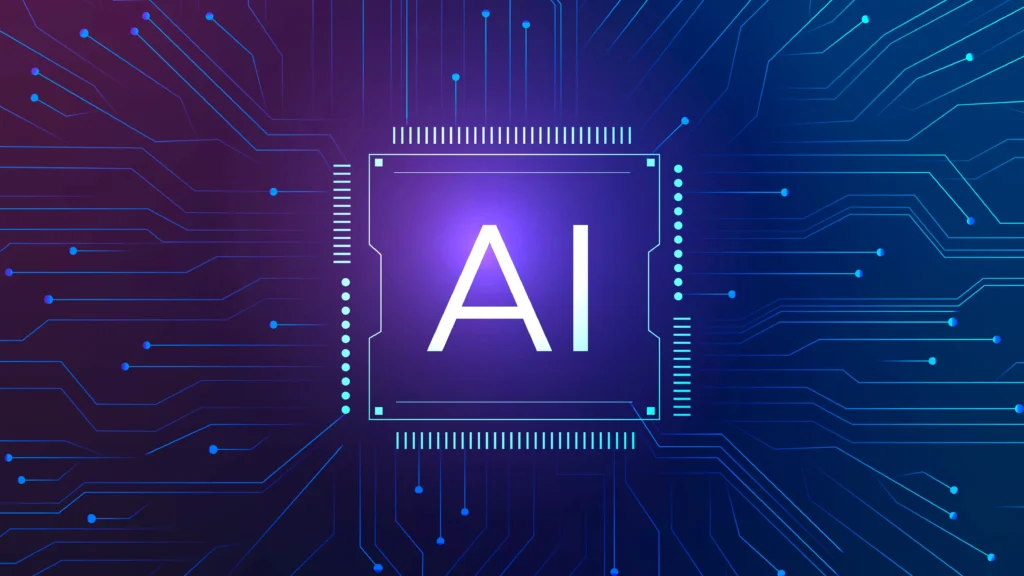As India aims for ‘Viksit’ status by 2047, the nation’s economy is poised for a substantial transformation. Key global developments, including emerging technologies, climate challenges, de-globalization, and de-dollarization, present both challenges and opportunities for India on this journey, according to the latest edition of EY Economy Watch.
Harnessing Emerging Technologies
The rise of new technologies, particularly generative AI (GenAI), holds significant potential for enhancing productivity and economic output. An EY report, The AIdea of India, suggests that Generative AI could potentially boost India’s GDP by an estimated US$359-438 billion by FY30. Dr. DK Srivastava, Chief Policy Advisor at EY India, emphasizes the need for strategic policy interventions to navigate these technological shifts. Ensuring a net positive impact on employment while driving overall GDP growth is crucial. This balance requires policies that mitigate job displacement while leveraging the growth potential of emerging technologies.
Addressing Climate Challenges
Climate change and the increasing frequency of natural disasters pose significant economic risks. The Swiss Re Institute (2021) warns that unchecked climate change could shrink the global economy by up to 18% by mid-century. For India, prioritizing investments in climate-resilient technology and innovation is essential to safeguard against such losses. Building economic resilience through sustainable practices and technologies will be vital for India’s long-term economic stability.

Navigating De-globalization and Trade Fragmentation
Geopolitical tensions have accelerated de-globalization, leading to trade disruptions and fragmentation. However, India’s strategic positioning as a trade connector offers opportunities amidst these challenges. Initiatives like operating the Iranian Chabahar port and developing new trade routes, such as the India-EU corridor via the Gulf, would strengthen India’s position as a trade hub, according to EY. Furthermore, India’s relatively low government indebtedness provides a buffer against external shocks, allowing for greater fiscal flexibility to implement macro-stabilization efforts during economic downturns. This places India in a favorable position compared to its global peers.
Learning from Advanced Economies
India can draw lessons from the experiences of existing advanced economies to avoid common pitfalls, such as the middle-income trap and the Dutch Disease. Dr. Srivastava highlights the importance of careful policymaking and responsible fiscal behavior to avoid excessive subsidization or higher government expenditures that could lead to unsustainable commitments. A commitment to responsible fiscal management will be essential for sustaining long-term economic growth and stability.
In summary, as India strives to achieve developed nation status by 2047, it must strategically navigate global trends and challenges. By leveraging emerging technologies, addressing climate risks, capitalizing on its strategic trade position, and learning from the experiences of advanced economies, India can pave the way for a resilient and prosperous future. Strategic policy interventions and a commitment to sustainable and responsible growth will be key to realizing this vision.
For more such news, visit tech-news.in



